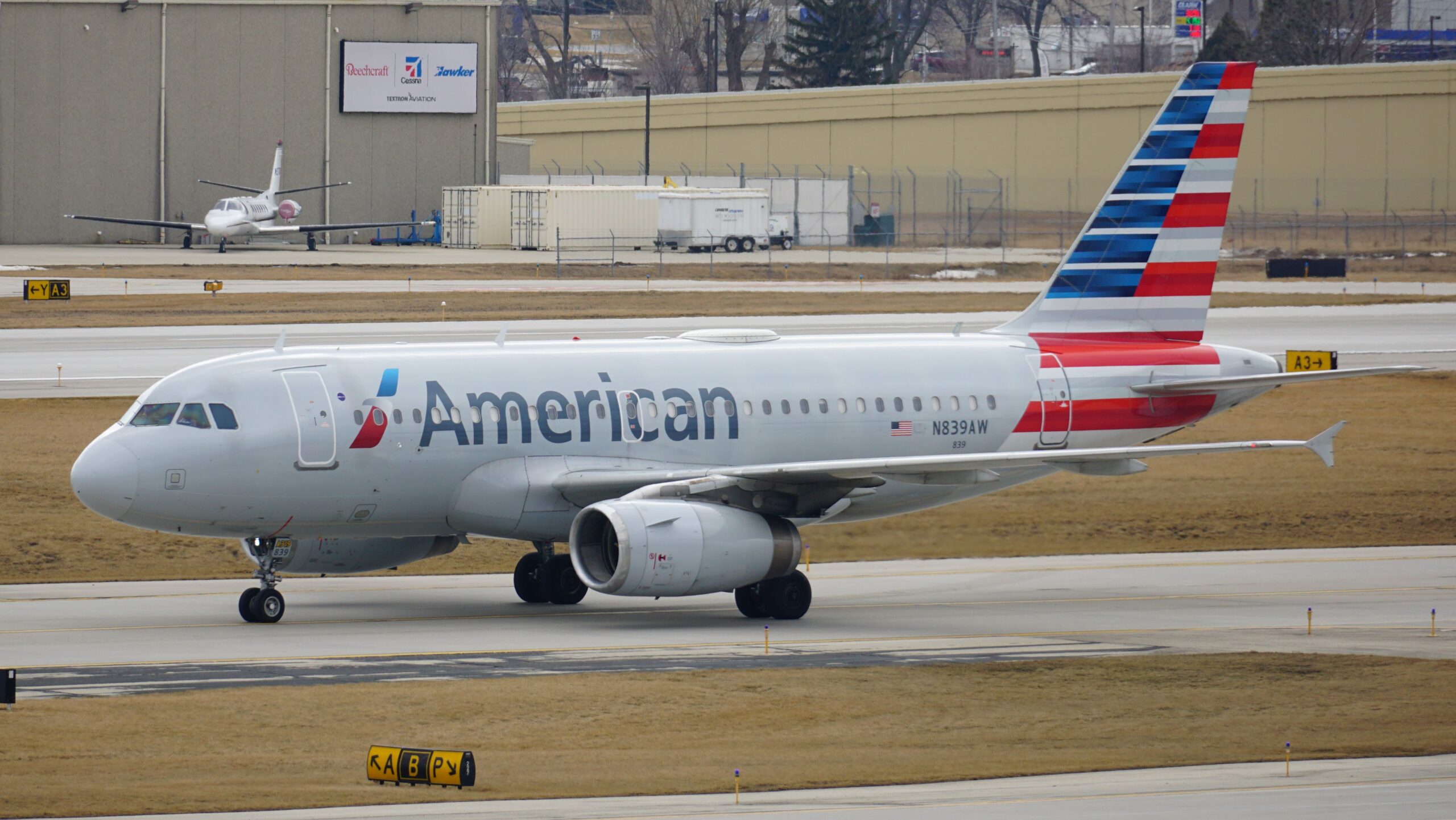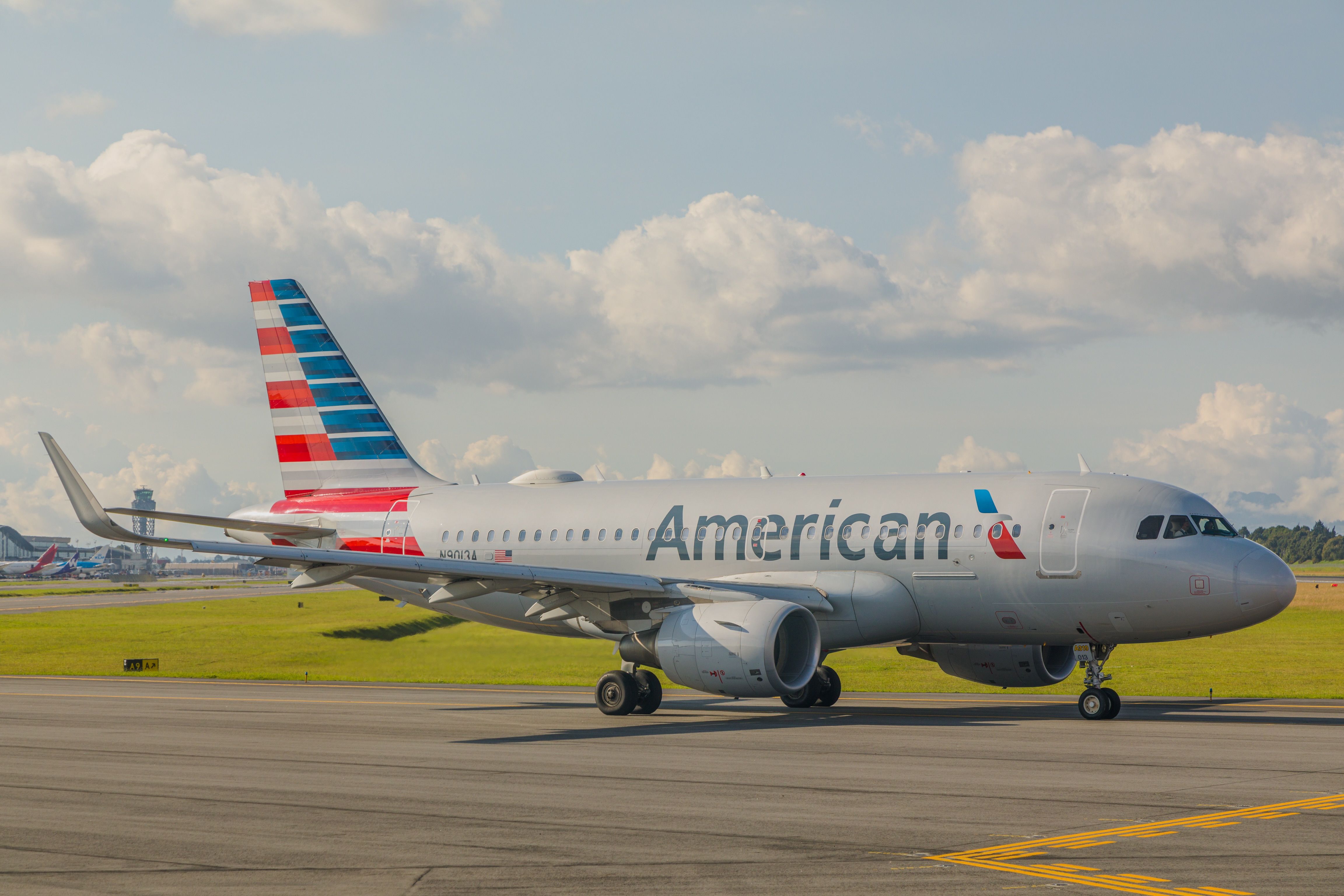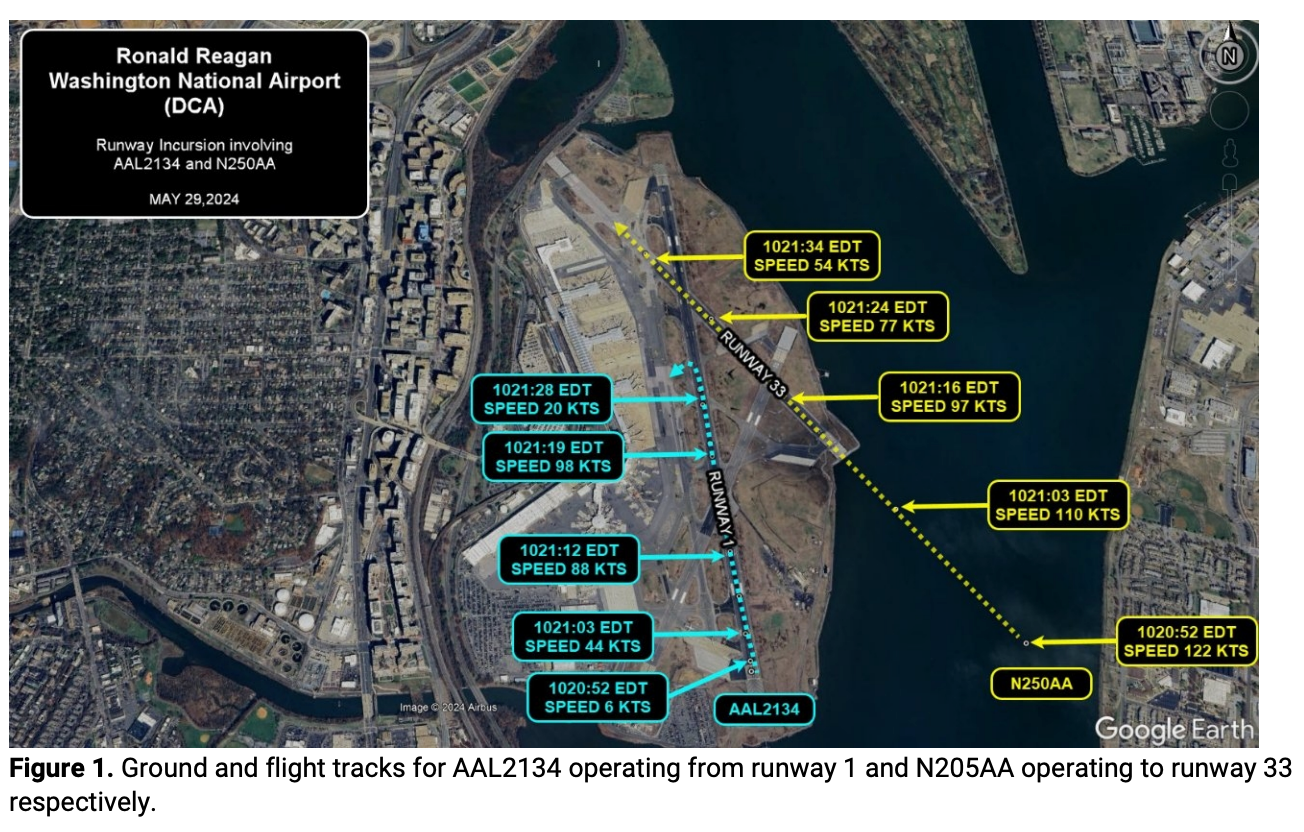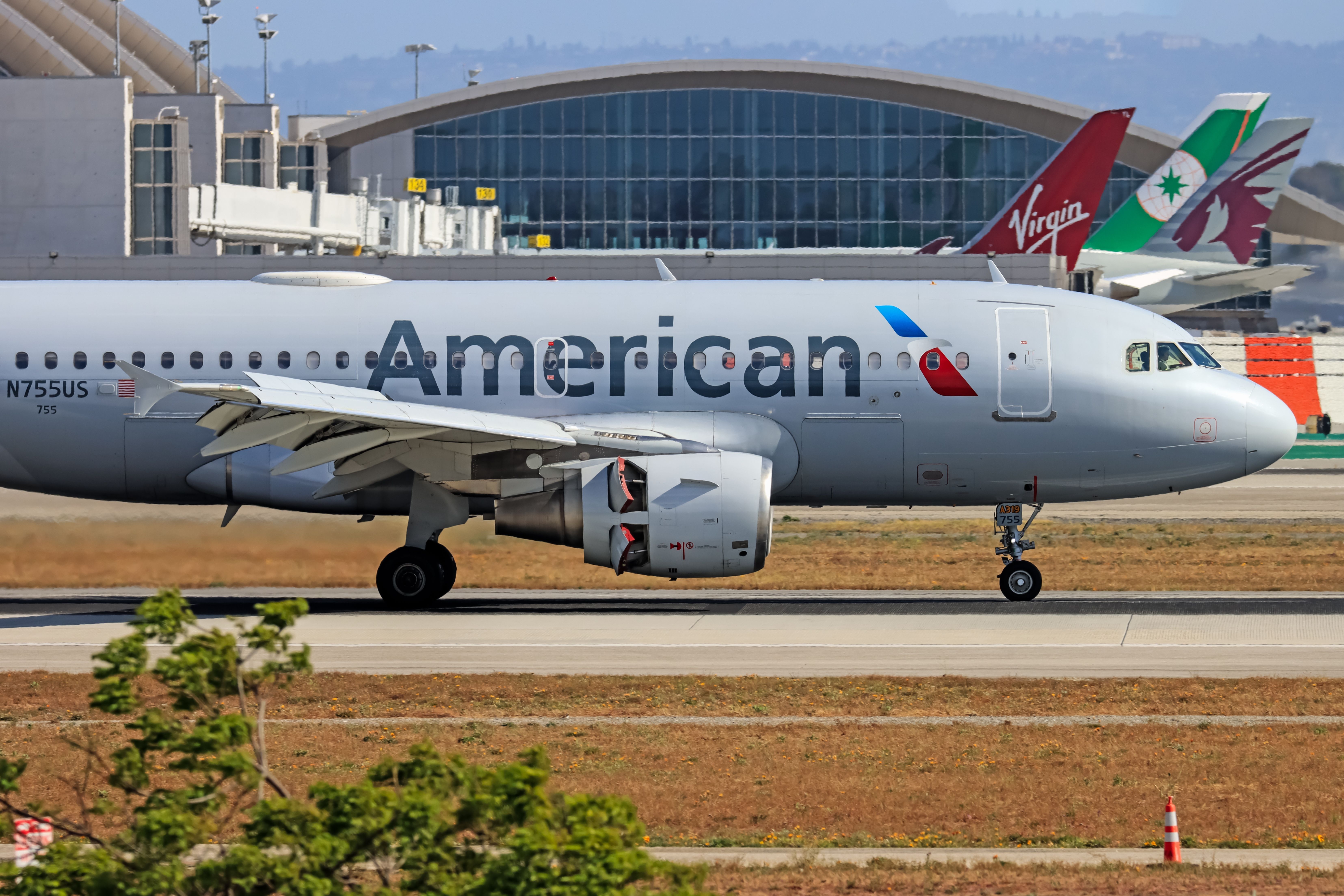The National Transportation Safety Board (NTSB) has published its preliminary report about an incident involving an American Airlines Airbus A319 and a Beechcraft King Air at Ronald Reagan Washington National Airport
(DCA).
Operating on different runways
The NTSB report detailed that the incident happened on May 29, 2024, when the airport was operating under visual flight rules (VFR) with few clouds and 10 miles (16 kilometers) of visibility.
At the time of the incident, traffic volume was moderate and had routine complexity, the NTSB
cited an air traffic manager (ATM) working at the Ronald Reagan Washington National Airport Traffic Control Tower.
The sequence of events began at 10:18 local time (UTC -4) when the pilot/s of the King Air
, registered as N250AA, established contact with local air traffic control (ATC), saying they were on a six-mile (9.6 km) final for a visual approach to runway 33.
Photo: Alejandro Gonzalez M | Shutterstock
A controller warned the general aviation pilot/s about an aircraft that was in a lineup and wait (LUAW) on runway 33, adding that it should depart before they land. The ATC also cleared the King Air to land on the runway.
The crew provided a correct readback, the NTSB added. Seven seconds later, ATC contacted the American Airlines A319, registered as N812AW, pilots, asking if they were on the frequency.
Following a positive response from pilots preparing for flight AA2134, the ATC instructed the airline’s flight crew to proceed ahead of an aircraft – not involved in the incident – and to hold short of runway 1 at 10:18:46, 30 seconds after the King Air pilot/s received their landing clearance.
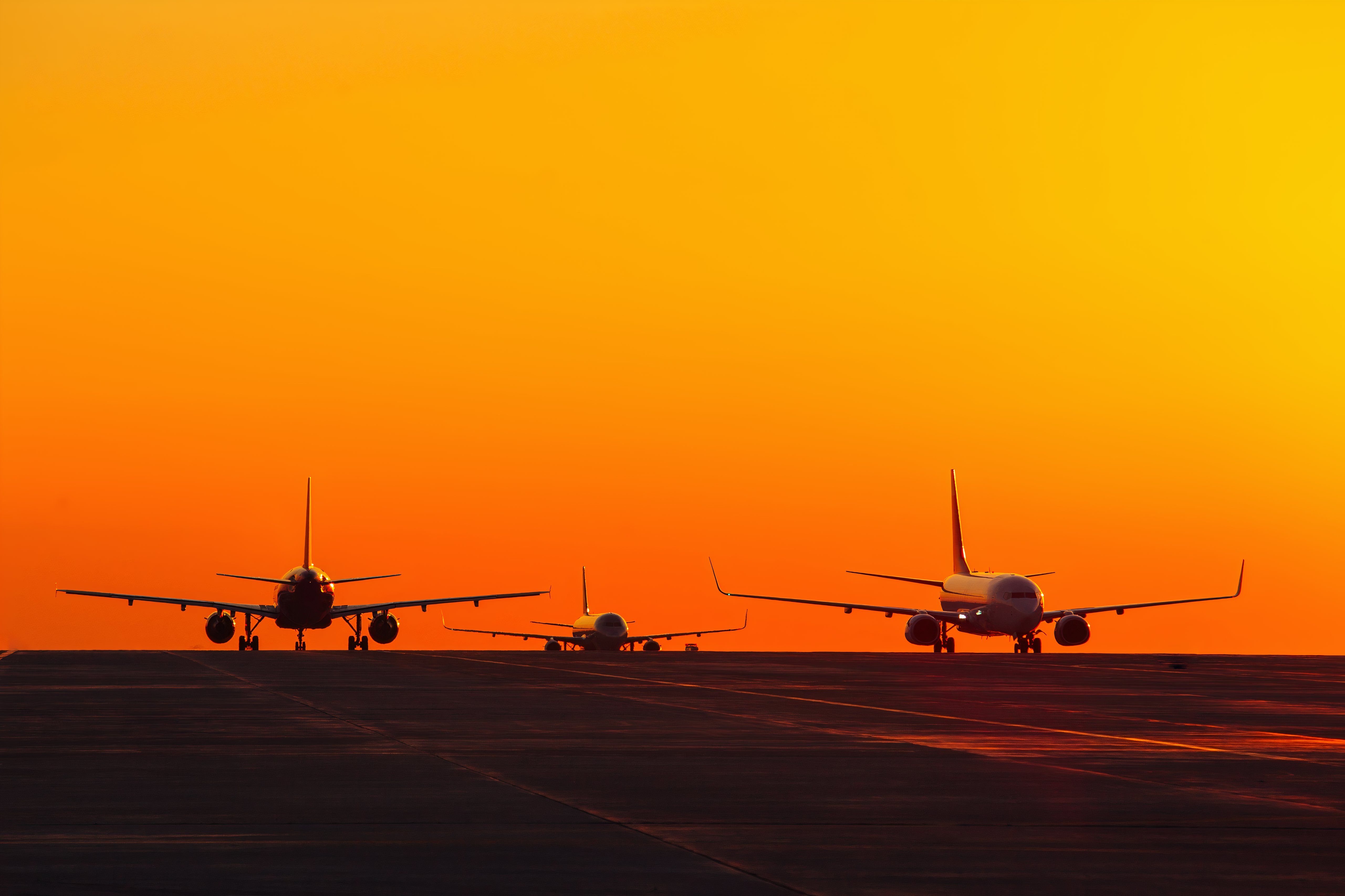
Related
FAA Initiates Audit Of Runway Incursion Risks At Top 45 US Airports
The audit will include a risk profile for each airport and identify potential gaps in current procedures, equipment, and processes.
Alarmed about a potential conflict
While the King Air was on a two-mile (3.2 km) final for runway 33, the controllers instructed the A319 to LUAW on runway 1 while they waited for a previous arrival to exit the runway. Furthermore, the ATC warned the ![]() American Airlines
American Airlines
pilots about additional traffic on a six-mile final on runway 1.
The carrier’s pilots provided a correct readback and waited for the go-ahead to take off from runway 1. ATC cleared the A319 to takeoff at 10:21:09, just as the King Air aircraft was on an around 0.9 mile (1.4 km) final.
Photo: NTSB
At the same time, the Airport Surface Detection Equipment – Model X (ASDE-X) alerted local ATC about a potential conflict at the two intersecting runways. Four seconds later, ATC canceled the takeoff clearance for the American Airlines aircraft and told the King Air pilot/s to go-around.
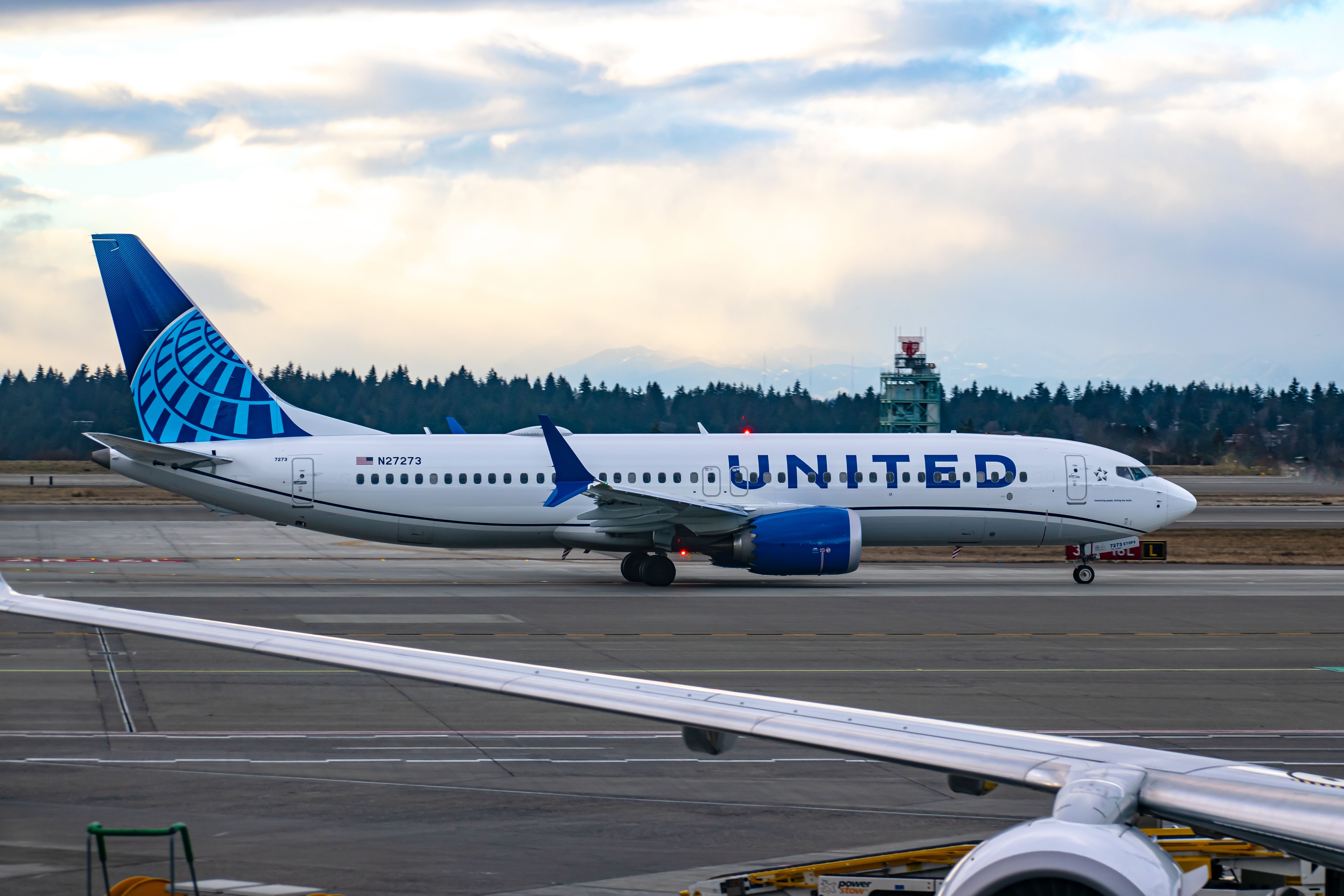
Related
United Airlines Boeing 737 MAX Runway Incursion Forces Southwest Jet To Reject Takeoff In Orlando
The ATC canceled takeoff clearance for a Southwest Boeing 737 MAX already accelerating at high speed.
Already landed
At 10:21:19, the A319
pilots said that they had rejected the takeoff. However, alarmingly, the King Air flight crew said that they had already landed at the airport.
Photo: Ryken Papy | Shutterstock
Nevertheless, both aircraft exited their respective runways without further incident. The NTSB did not detail the number of passengers and crew members on either of the aircraft.
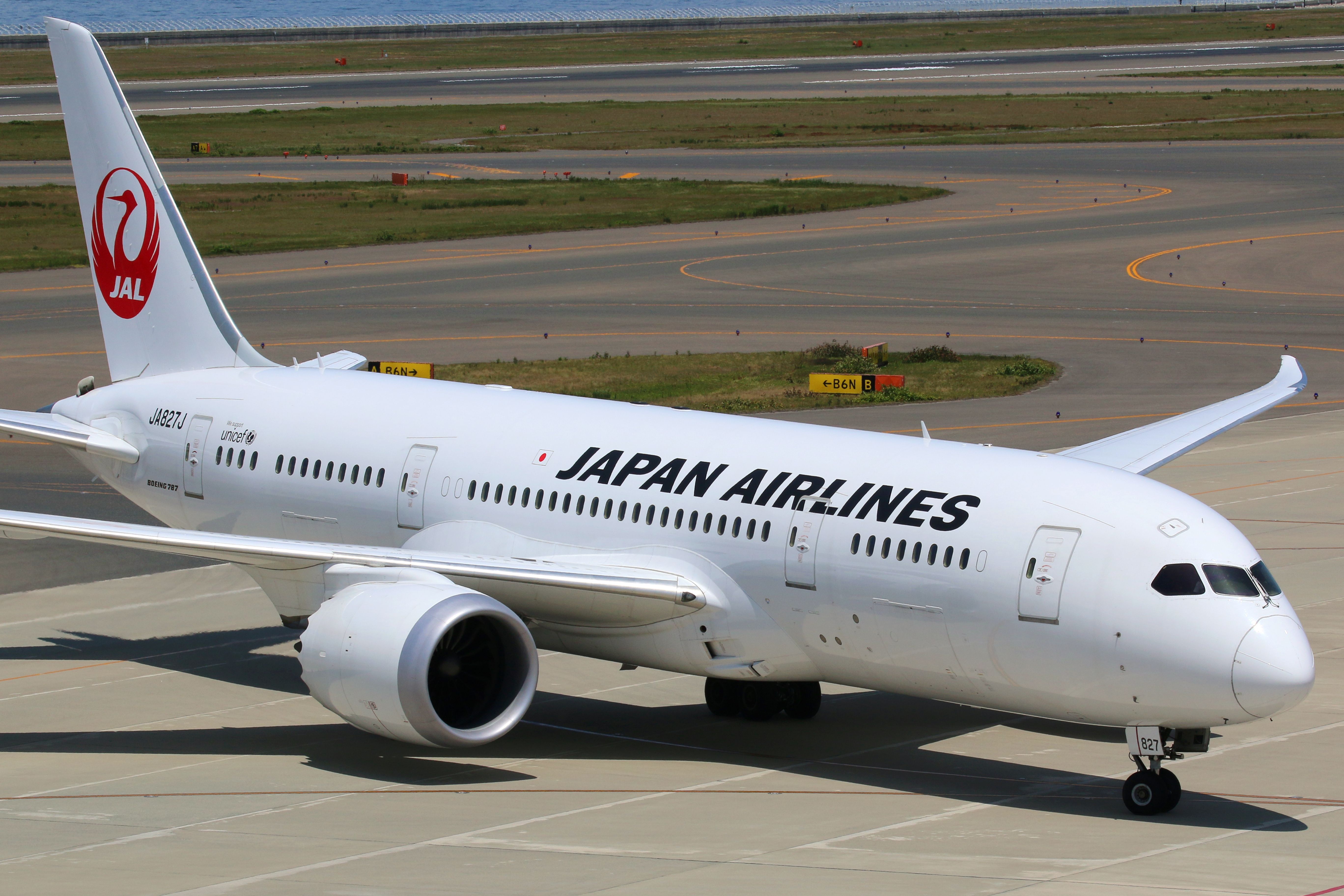
Related
Delta Air Lines Aborts Landing After Japan Airlines Boeing 787 Overshoots Stop Line In San Diego
Both aircraft landed at their destinations safely, with the Japan Airlines pilot admitting to his mistake.

